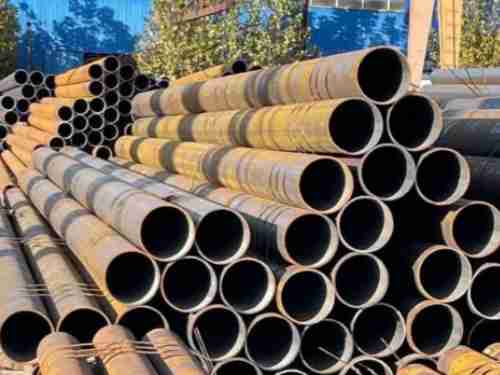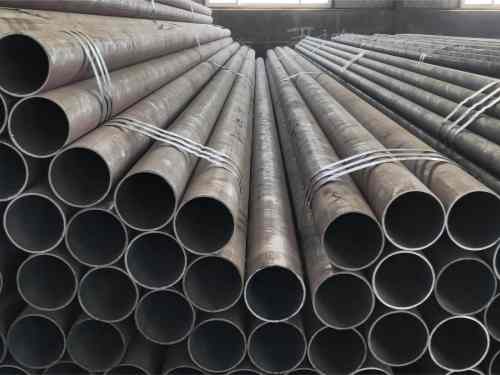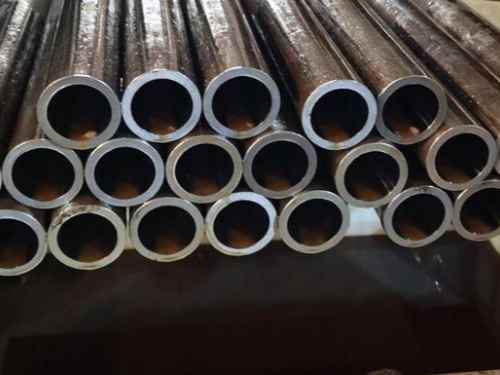Liquid Epoxy (LE) Coated Line Pipe
LE liquid epoxy coated line pipe
Coating standards: AWWA C210, SHELL DEP 31.40.30.35, EN 10301, ISO 15741, API RP 5L2 Coating diameter: 114.3 - 1422mm
LE Liquid Epoxy Coating and Lining, this application uses a two-part liquid epoxy coating system to provide corrosion protection to steel pipes in a single coat. The first process the pipeline goes through is cleaning and sandblasting. Liquid epoxy is then applied to the pipe surface using a spray gun, forming a uniform single layer of epoxy that cures after application.
Specifications and standards for liquid epoxy coatings are AWWA C210, SHELL DEP 31.40.30.35, EN 10301, ISO 15741, API RP 5L2
AWWA C210 Standard for Internal and Exterior Liquid Epoxy Coating Systems for Steel Water Pipes
SHELL DEP 31.40.30.35 Non-corrosive gas transmission line pipe inner coating
EN 10301:2006 Steel pipes and fittings for onshore and offshore pipelines - Internal coatings for reducing friction in the transport of non-corrosive gases
ISO 15741:2016 Paints and varnishes – Antifriction coatings for the interior of onshore and offshore steel pipelines for non-corrosive gases
API RP 5L2 Recommended Practice for Interior Coatings of Non-Corrosive Gas Transfer Pipelines
These standards describe the materials and applications of shop- and field-applied liquid epoxy inner and outer coatings and liners used by the water supply industry on steel water pipelines installed underground or underwater under normal construction conditions.
An external liquid coating is applied to the outside surface of the pipe via a spray system to provide corrosion protection to the pipe surface.
There are various coating types available, such as liquid epoxy, polyurethane (PU) or e.g. (UV-curing) varnish.
Internal liquid lining is a coating on internal pipe surfaces used to prevent corrosion or optimize flow efficiency. There are several coating types available, such as liquid epoxy, polyurethane (PU) or two-component coatings.
After placing the pipe into the internal liquid coating station, the ends of the pipe are sealed and the spray gun with the spray gun system is moved through the pipe. Preheating can be an option for internal liquid coatings.
Internal lining to improve flow efficiency, liquid epoxy is sprayed on the inside of the pipe at a typical thickness of 60 to 100 microns. The result is increased gas delivery capacity, minimized frictional resistance and thus fewer compressor stations. Simplified cleaning and temporary rust protection make flow coating a unique and cost-effective solution for gas transportation.
Liquid epoxy coating for water pipes
Liquid epoxy is sprayed onto the inside of the pipe to a thickness of between 400 and 500 microns. For this we use a new generation of solvent-free epoxy resins.

 English
English Español
Español











